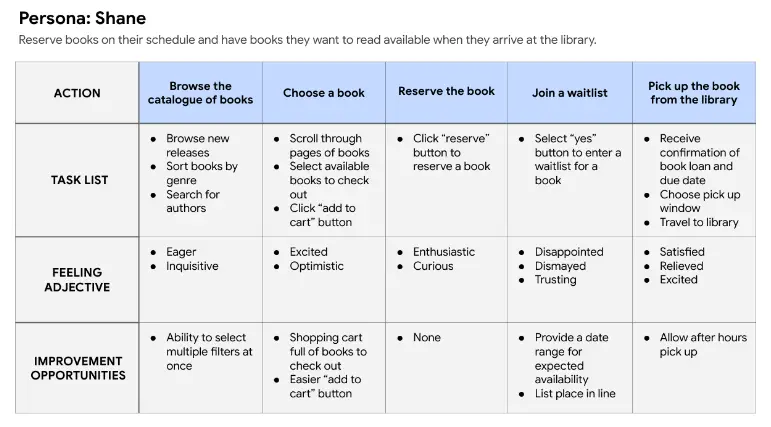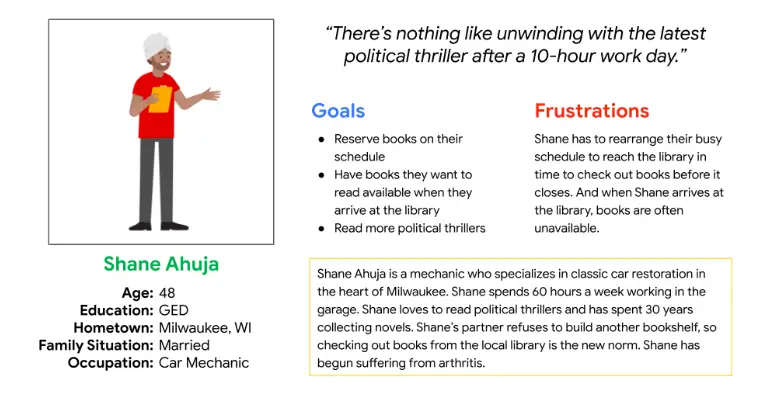26. Why should designers take a mobile-first approach when designing solutions for new potential users?
- Adopting a mobile-first approach converts mobile users to desktops users.
- Using a mobile-first approach is best for global users, since most people use a mobile phone to access the internet.
- Focusing on mobile users first offers a quicker path to a product’s launch.
- Prioritizing mobile users ensures access for those with access to other devices.
27. You design a banking app for mobile and desktop devices that can alert users about large deposits or withdrawals. The mobile notifications provide limited information in one sentence, while the desktop notifications provide complete details. Which of the four C’s do these features represent?
- Continuity
- Complementary
- Consistency
- Context
28. A design team is working on a design project for a bill pay app. They have to design the app quickly and with a limited budget. Which of the following app types would work best in this scenario?
- Dedicated mobile app
- Android app
- Responsive web app
- iOS app
29. Review the journey map for user persona Shane: Shane is ready to pick up books from the library, but is unsure of the process to complete this action. Based on this pain point, you provide detailed instructions for Shane to test their ability to pick up the books. Which row in the journey map should include those instructions?

- Improvement Opportunities
- Task List
- Action
- Feeling Adjective
30. Consider the following persona and user story:

"As a busy professional and avid book lover, I want to be able to reserve books in advance, so that I can pick them up based on my schedule.”
What component of the user story addresses the persona’s goal to access books they want to read when they arrive at the library?
- Demographic
- Role
- Action
- Benefit
31. Fill in the blank: When outlining your goals in a competitive audit, you should include your users, _____, and the product’s industry.
- a list of the competitors
- specific information about your product
- how your product can beat the competition
- the competition’s goals
32. What question should you ask when deciding which device to design for first?
- Where will users go once they access the app or website?
- How much do users pay for internet access, cellular access, or wi-fi signal?
- Where will users be when they access the product?
- When will users access the product?
34. A designer wants to design for the smallest and most basic version of their site, like for a mobile phone. What approach should they use?
- Dedicated desktop web design
- Graceful degradation
- Progressive enhancement
- Dedicated mobile app design
35. A designer wants to build a store locator app that requires access to a user’s location while in use. Which app type would be the best option for this build?
- Responsive web app
- iOS app
- Dedicated mobile app
- Android app
36. Problem statements help designers propose a specific, measurable solution that addresses the user’s goals and pain points. Which of the following is a quality of a great problem statement?
- Human-centered
- Open-ended
- Detail-oriented
- Single-minded
37. When conducting a competitive audit, what is the next step after creating a list of your competitors?
- Identify specific features for comparison
- Outline the goals
- Analyze findings
- Summarize findings
Shuffle Q/A 2
38. What is the objective of the Crazy Eights exercise?
- To validate your product design
- To come up with rough sketches of your future product
- To establish a clear user flow
- To make final decisions about future visual designs
39. Fill in the blank: Problem statements are a succinct way to reference a user’s needs. They also help designers _____.
- create a user group
- develop a design system
- establish the intent of a design
- build wireframes and prototypes

